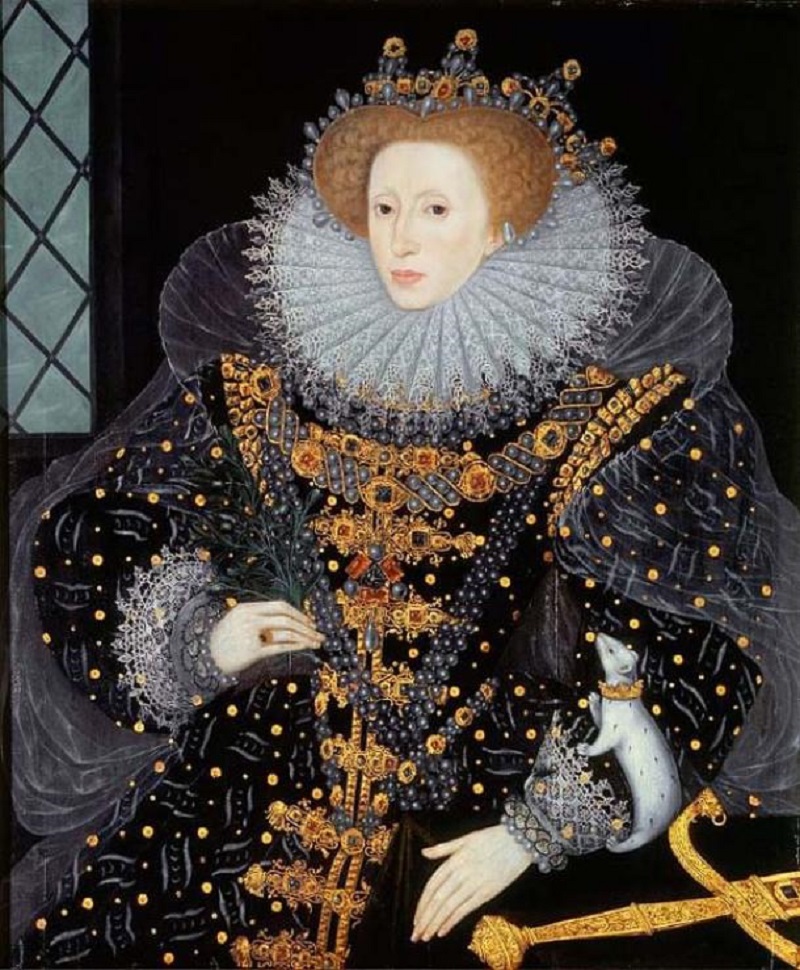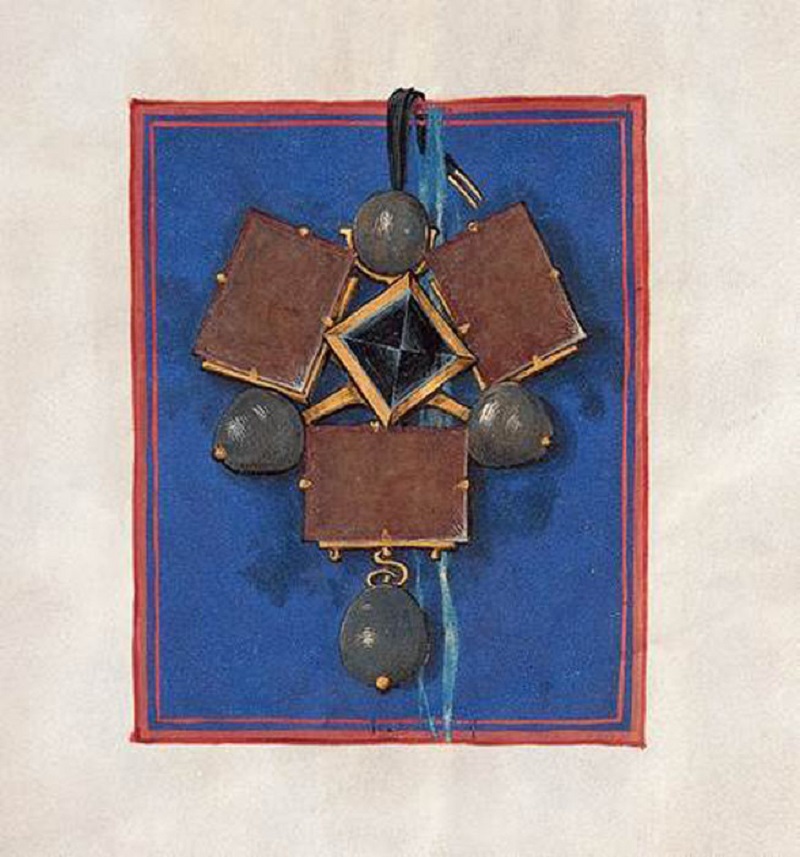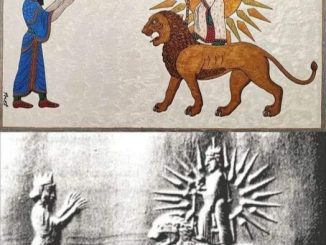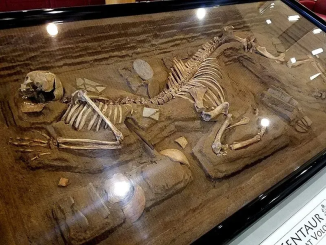In 1467 AD, the “Three Brothers” jewelry piece was inherited by Charles the Bold from his father Phillip the Good. Charles died in 1477 and was the last Duke of Burgundy. He carried the Three Brothers as a good luck talisman, along with the White Rose jewel. The Three Brothers jewelry was taken from Charles’ tent by a soldier after he was defeated by the Swiss at the Battle of Grandson in 1476. The Three Brothers soon became the most coveted piece of jewelry of the era, and was included in several European crowns jewel collections, before disappearing without trace around 1645.
The Three Brothers: A Truly Astounding Jewelry Piece
The Three Brothers is a pendant in the form of three rectangles, each of which is set with a ruby Balas called a spinel. The triangular arrangement was separated by three large pearls that are a part of the center of the piece, and it once had a large pearl suspended from the lowest rectangle, it can be compared to a modern day friendship bracelet. At the center was a deep blue diamond cut to the shape of a pyramid, weighing 30 carats.
The diamond dates from 1400-1410 AD and is further recorded in an inventory in 1419, as per the historic inscriptions that discuss the provenance of the jewelry and the incidences that discuss the disappearance of the Three Brothers.
A miniature painting by an unknown artist of the Three Brothers jewelry piece, commissioned by the city of Basel around 1500. (ⓒ Historisches Museum Basel, Peter Portner / CC BY-SA 4.0)
After the battle, the Three Brothers came into the possession of the Magistrates of Berne. They sold it in 1504 to Jacob Fugger of Augsburg. Fugger’s son is known to have negotiated its possible sale to King Henry VIII. Henry died in 1547. After Henry’s death, in 1551, the purchase of the piece was completed by his successor, King Edward VI.
Another version of the story that revolves around the same jewel piece suggests that Edward VI bought it in Antwerp in 1551. Edward VI then delivered it to the treasury for safekeeping. Further, in 1554, it was given to Edward’s sister, Mary I. It was given to her at the time of her marriage to Philip II of Spain.
Elizabeth I is believed to have worn the Three Brothers after it was mounted on a carcanet, which is a kind of necklace or ornamental collar. This is shown in the Sir William Segar Ermine Portrait of 1585 in which Elizabeth I of England is wearing the Three Brothers and holding an olive branch.

Painting of Elizabeth I of England, also known as the Ermine Portrait by Sir William Segar. Elizabeth is wearing a richly decorated black dress and The Three Brothers jewel with her promise ring. (William Segar / Public Domain)
What are the Three Brothers?
The other name for the Three Brothers is the Three Brethren. As per the stories, The Three Brothers was a piece of jewelry that was created in the late 14th century AD. This piece of jewelry consists of three rectangular red spinels that are arranged perfectly around a central diamond. The Three Brothers is famous for having been passed through several hands that are recognized as important historical figures.
After the commission of the jewelry by Duke John, the Fearless of Burgundy, the jewelry piece became a prominent part of the Burgundian crown jewels. It remains a part of the crown jewels for almost 100 years. Ancestral stories suggest that after a century, the Three Brothers was a prized possession of the German banker Jakob Fugger.
Eminent English art historian Sir Roy Strong describes the Three Brothers as the most famous and romantic piece of the Tudor and Stuart crown jewels. It has been extremely well-described in written historical accounts, and many stories revolve around its provenance.

Grave of Queen Elizabeth I of England, in Westminster Abbey as released by image creator Ristesson. She is wearing the Three Brothers, as marked. (Ristesson / Public Domain)
The Disappearance of the Three Brothers
At some point the location of the Three Brothers became a mystery but where did they vanish to and who had them?
It was again described in the 1605 inventory of articles that were declared by James I as crown jewels. Further, in a 1623 list of jewels, it was removed from the Tower of London by James I. Later, it was delivered to George Heroit. He was the crown jeweler, and he reset some of the jewels.
Soon the jewelry piece was mentioned in a royal letter, which referred to it as a “newlie sette.” It was gifted by James I to his son, the future King Charles I. King James asked his son to wear it in the form of an “enseigne,” an insignia or emblem of his status, while he was on a visit to Spain. The main reason behind this visit to Spain was to woo the Infanta, the daughter of the Spanish monarch, King Philip IV.
Historic evidence suggests that it was pawned by Charles I in the Netherlands in 1625/6. He then repurchased the Three Brothers successfully in 1639.
In 1642, The Three Brothers and other jewelry were taken to the Netherlands by Henrietta Maria, now the wife of Charles I. Stories say that she pawned the jewels and later, they were sold through a bank in Rotterdam. The Three Brothers were last seen in 1645.
The fate of this famous piece of jewelry is unknown. It has been suggested that the jewel was broken into pieces, or purchased by French chief minister Cardinal Mazarin, a famous jewel collector to whom Henrietta Maria was deeply indebted. There has been no confirmed sighting of the Three Brothers since 1645.



